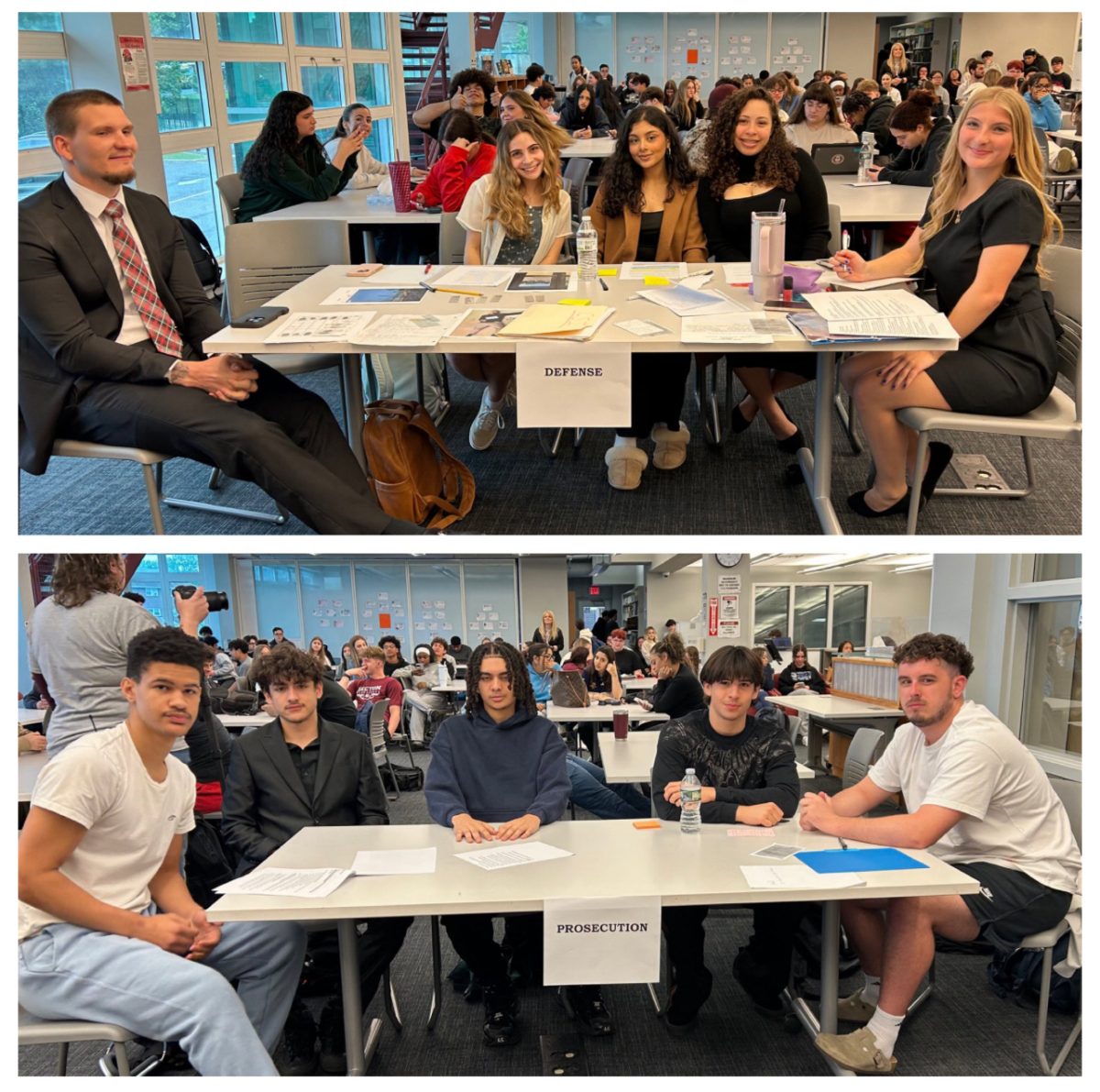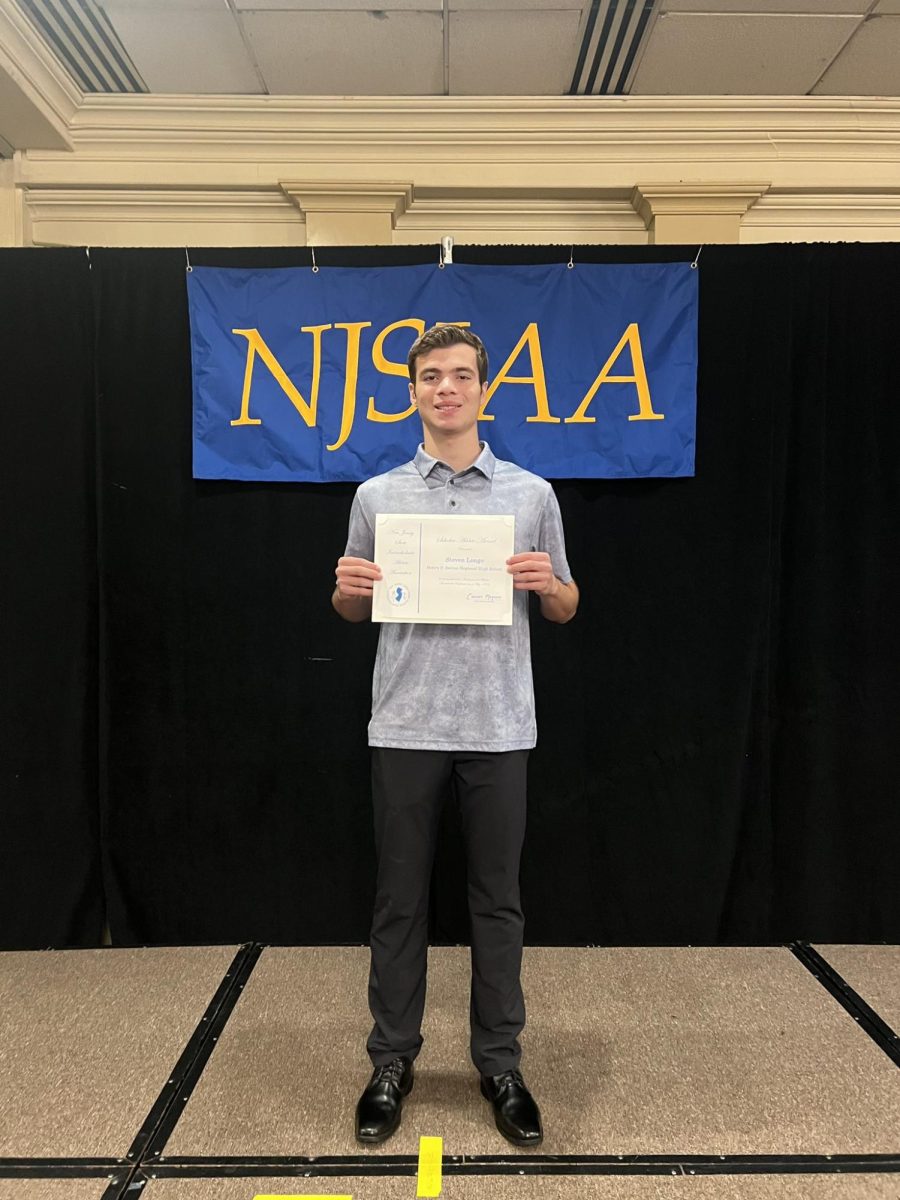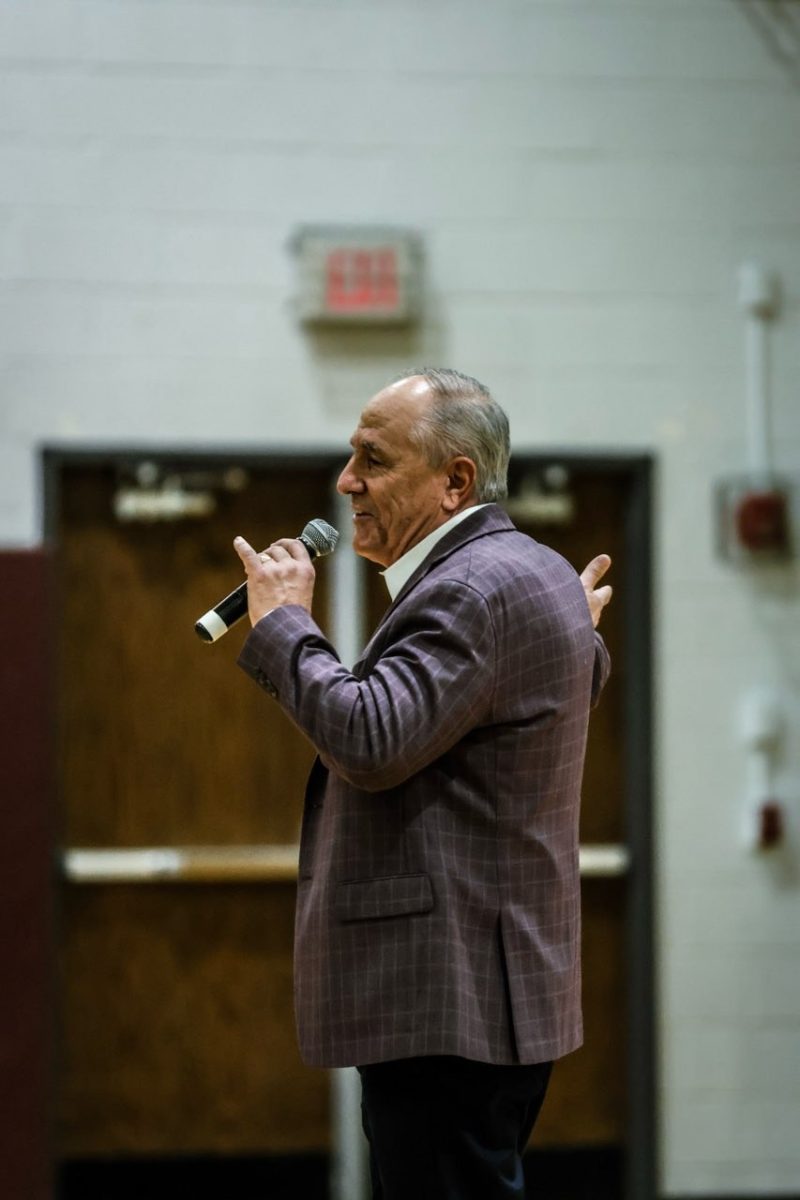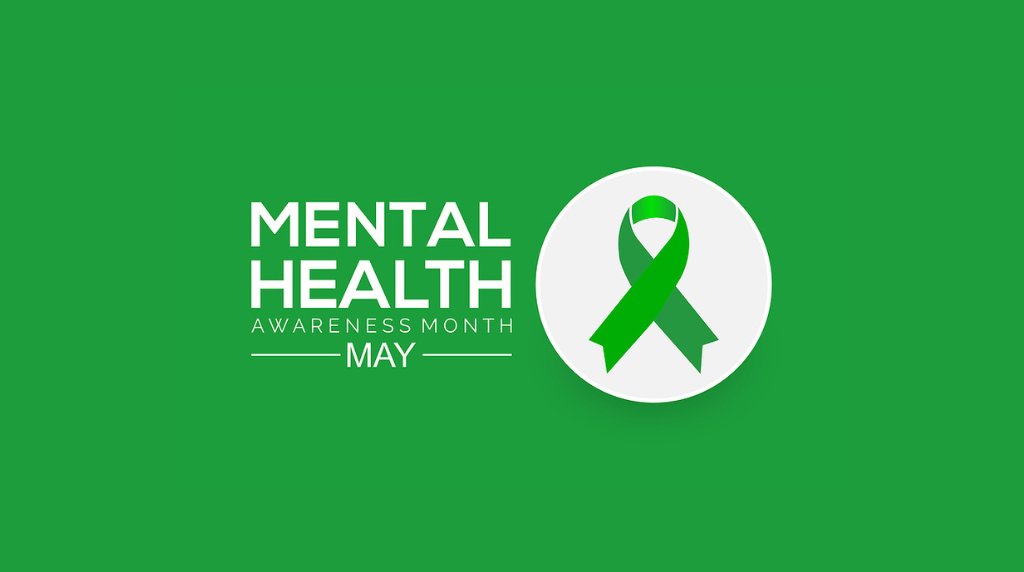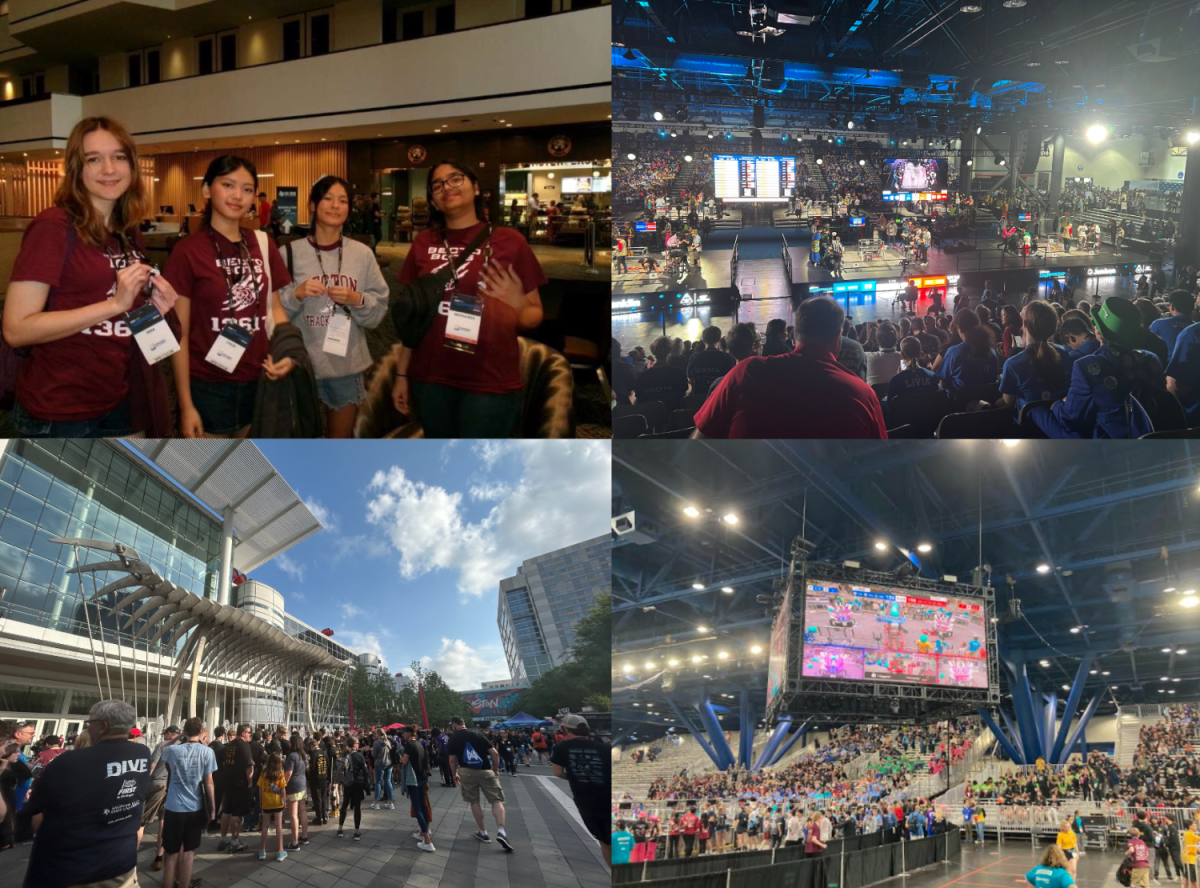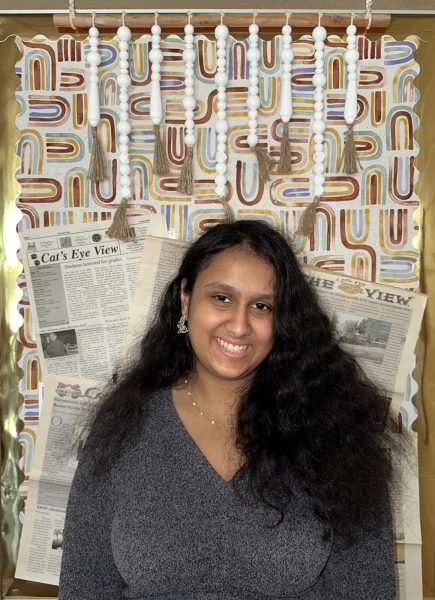The tides are rising, the climate is changing, rivers are turning red, cities are flooding, plagues of cicadas are poised to descend on us in the coming months, the Statue of Liberty has been struck by lightning in a cheerful spring multi-hazard storm, an earthquake has shaken the East Coast; only a few days later, we were graced by the view of a total solar eclipse. With this unusual concurrence of already rare phenomena, it seems time to ask the million cicada question: is the world ending? There have already been many previously predicted dates for our final days on this planet, (some eschatological musings dating back as far as 66-70 CE), but people seem convinced that we truly are doomed this time.
So what actually happened? For starters, on Wednesday, April 3, a multi-hazard storm system swept through the Northeast, causing winds of up to 50-60 mph, strong enough to blow down trees, delay flights and render over 500,000 people without power. There was heavy rain with high risk of flooding and even some heavy, wet snowfall on Thursday over northeast New England, with predictions of it reaching up to 12 inches by Friday. One of the most memorable moments was when Lady Liberty herself was struck by lightning, caught in an electrifying photo by local photographer Dan Martland. This storm system continued to affect the aforementioned and surrounding areas till Saturday, with record rainfall being seen daily in New York, New Jersey and Pennsylvania for the duration of this rough weather.
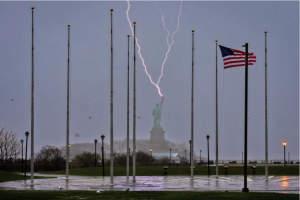
Continuing its run of bad luck, the Northeast was subsequently hit by a sudden earthquake only two days later on April 5. This earthquake registered a 4.8 on the Richter scale and its epicenter (the location on the surface of the Earth directly above where the earthquake starts) was traced back to Lebanon, New Jersey. Since then, there have been a reported 120 aftershocks, occurring for up to a week after the initial temblor, the most notable ones registering a magnitude of 3.7 in Gladstone, New Jersey and another one measuring 2.2 near the epicenter according to the U.S. Geological Survey.
While the earthquake didn’t cause any major damage (some Becton students mentioned that it felt like people running through the halls or some machinery running), it was the strongest earthquake to hit New Jersey since 1938, and only 3 short days later, a total solar eclipse falls over the US, leaving everyone reeling and a bit paranoid in its wake. The path of totality (where you can see the solar eclipse in its full glory or total darkness) is usually about 100 miles wide and 10,000 miles long.

For the April 8 solar eclipse, this path stretched from Texas to Maine. However, for people outside the path of totality, they only saw a partial eclipse, and people in New Jersey may have seen even less than that, as it was quite cloudy that day. Naturally occurring events such as these do have biological reasons for taking place, and these reasons are well known among the general populace. Nevertheless, many people still hold onto superstitions, modern and ancient, about these spectacles of nature. In the past, most of these happenings were attributed to the divine, the supernatural and the unexplainable. Ancient superstitions about earthquakes mostly involve a minor disturbance from the various animals that were said to be holding the Earth up, from elephants to cows to giant fish. These occurrences, even back then, were regarded as something that happens occasionally, to be regarded with caution but not panic.
However, solar eclipses had a much more fearsome reputation, perhaps owing to the fact that out of the aforementioned events, it is the rarest. On that account, in the times when people had no way to know what was going on in the rest of the world, the terrifying sight of the world being plunged into darkness with no warning could very easily be misconstrued as a harbinger of their doom and often was, resulting in an ominous nature to the myths about their cause; generally involving large monsters swallowing the sun whole and commencing a fight with their gods to see if humankind will make it to another day.
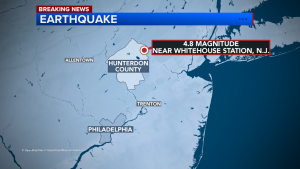
Interestingly enough, even now, in the current age of information, modern superstitions around solar eclipses still exist. For example, the misconception that harmful radiation is emitted from the sun during the eclipse, so food should not be eaten during this time, or that pregnant women should not look at the eclipse, and if they do, they should sleep with metal on their belly to ward off this radiation.
The prevalence of these worries seem to indicate that knowing the actual science behind celestial and terrestrial events like these do not fully eliminate that element of mysticism from them. Therefore, when these mystical events follow each other in such quick succession, people naturally look for some greater meaning to this, some grand design being revealed to us. For instance, some people pointed out that the earthquake registered a reading of 4.8, and the solar eclipse happened on 4/8. Coincidence? Yes, actually.
The truth is that earthquakes are surprisingly common, with magnitude two or lower earthquakes being the most frequent, occurring a few hundred times per day, and bigger earthquakes occurring at least once a month. As said in the Maryland Geological Survey, “Earthquakes are always happening somewhere.” In addition to that, solar eclipses are also fairly common as well, taking place every one to three years. This number might seem surprising, after all, most people don’t have memories of experiencing even one solar eclipse, let alone one every year, however, it is true. But this confusion is likely owed to the fact that while solar eclipses do happen often, they do not often take place in the same area.
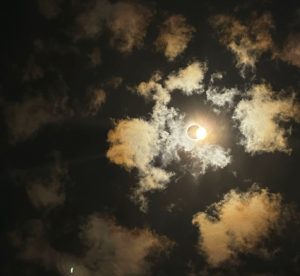
The path of totality only covers the same areas once every 300-400 years. It is somewhat strange that a lot of these events seem to center around the Northeast area, specifically New York, but this correlation does not prove any causation. Earthquakes are caused by shifting tectonic plates, while solar eclipses are caused by the alignment of the Moon, Earth and Sun.
There are theories of planetary movements perhaps affecting tectonic activity as they do tidal waves, but Seth Stein, a geophysicist at Northwestern University says that results of a causal link between eclipses and earthquakes have proven inconclusive. “If there was any effect, it would be incredibly weak,” he added.
To conclude, the universe is a place of many intricate, mysterious happenings woven into it. As Brandon Valeriano, a Seton Hall professor, puts it, “The world is vast and full of complexity. Humans try to look for patterns to organize … (the) world, and sometimes something that you see as a pattern, or a streak, is really just something that’s happening naturally. A lot of conspiracies are just ways to establish order.”
So, is the world ending because a solar eclipse decided to chase an earthquake down to earth? No. Is it ending because of climate change, rising sea levels or a loss of biodiversity? …Maybe. So stay tuned!
Below, you can find a small collage of eclipse photos taken this April in New Jersey.
Sources: https://www.nj.com, https://www.nytimes.com, https://www.iris.edu, https://earthquake.usgs.gov, https://fox59.com, https://www.nbcnews.com, https://www.nj.com, https://www.livescience.com, https://www.usatoday.com, https://www.ksat.com, https://www.nytimes.com









